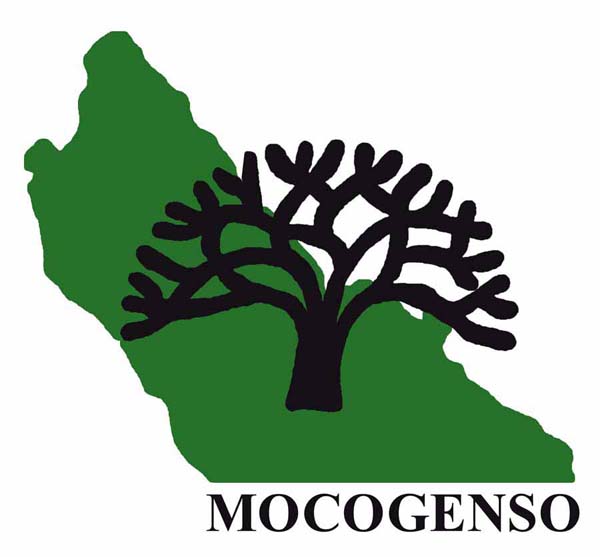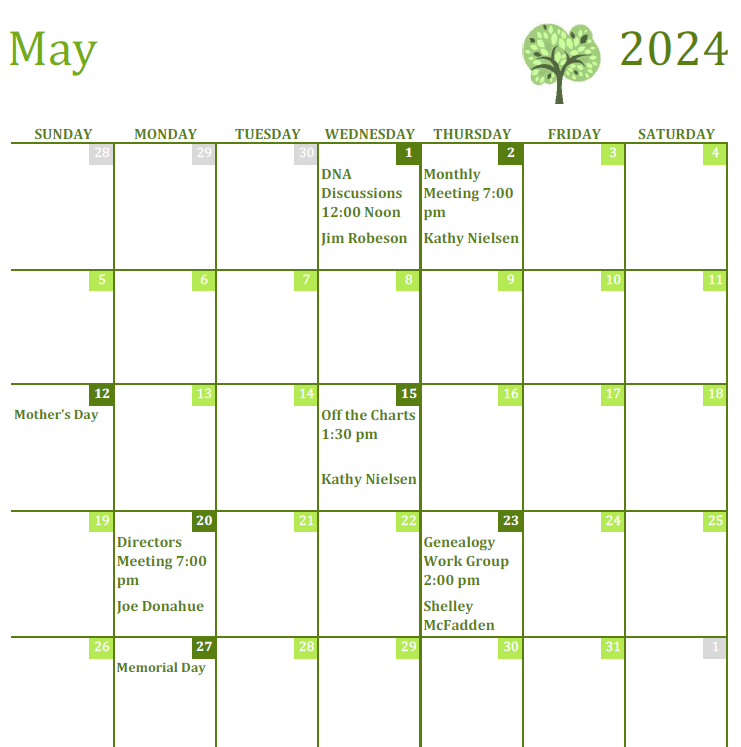| Have you found yourself frustrated as you try searching through the usual records for your ancestors? If you don’t find them in the obvious places, it’s time to try something new. Learn fresh ideas from the experts on where to search and how to use diverse records to build your family tree at the National Genealogical Society (NGS) 2024 Virtual Family History Conference, Expanding Possibilities, 16-18 May.
Lectures on records research are among some fifty learning sessions featured at this year’s conference. How do you choose what to attend? The good news is that you don’t have to choose: When you register, you can attend live events during the conference and watch video recordings for up to three months after the conference.
Visit the Conference Website and Register Now
Researching Genealogy Records
A wealth of records exist that can help researchers expand their family history. Learning about new records and how to best use them is the key.
Court Records
Judy G. Russell’s lecture—Courting America: Using Records for Genealogy—provides an excellent overview from jury lists to filed papers and explains how to use court records to document family relationships, life events, community happenings, and more.
US Territorial Records
Rick Sayre will teach you how to find information on individuals and families who lived in US territories. His lecture—Territorial Papers of the US (1787-1912) —will also explain how kinship and migration patterns are often revealed in these records.
Church Records
What do you do when church records are not available online? Katherine Schober’s session—My Church Records Aren’t Digitized: Now What?—will teach you how to access German church records that have not yet been digitized.
Rural Records
Did your ancestor come from a one-horse town or an unincorporated community? Ari Wilkins will discuss researching country ancestors in her lecture, Sources for Researching Rural Ancestors.
Newspaper Collections
Join James M. Beidler for a lecture on searching historical newspaper databases. His lecture—Method to the Madness: Investigating Every Possible Newspaper for Your Ancestors—will explain how to use flowcharts to facilitate your search.
Legal Records
Published court opinions help trace families, document events, and tell stories. Judy G. Russell will teach you how to use a free entry portal—Case.law—to find your ancestor in a session entitled, In That Case: Using the Caselaw Access Project.
Census Schedules
C. Ann Staley’s lecture—Complete Census Research: Evaluating the Whole Schedule—focuses on available state and federal population schedules which names everyone living in the household and shows the benefits of analyzing the neighbors.
Archival Mixed Papers
Repositories have unsorted and uncategorized records that often contain information answering genealogy questions. Cheri Hudson Passey will teach you how to dig for buried treasure in “Miscellaneous” and “Unknown Provenance” files in her lecture, Discovering Buried Treasure: Miscellaneous Papers and Mixed Provenance Records.
These are just some of the many terrific lectures that you will discover in our conference program. Registrants also enjoy a host of networking opportunities.
Be Part of the Conversation
This year’s conference lectures cover a wealth of topics. You can be part of the conversation by participating in the live Q&A after each lecture and posting comments and insights in the session’s chat room.
Connect with Friends and Colleagues
Schedule virtual "Meet Ups" with friends and colleagues far and near to connect or create discussion groups on specific topics via the conference’s Whova platform. Attendees also can invite others to join in a private chat.
Celebrate Individuals and Organizations
Add your applause in the chat room during our annual awards ceremony as we celebrate the achievements and contributions of individuals and organizations to the field of genealogy.
Discover How Great a Family History Conference Can Be!
Visit the Conference Website and Register Now |






